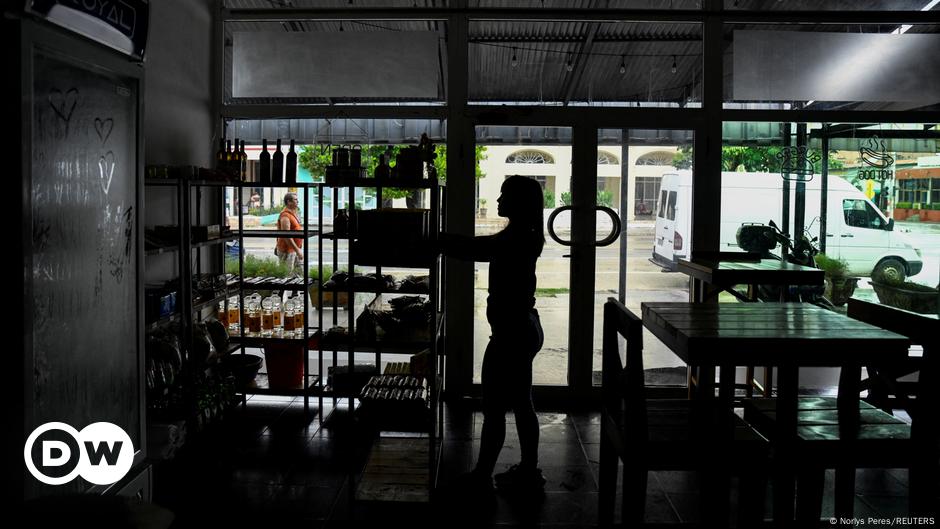Hi. I’m a bit of a news junkie.
- 3.1K Posts
- 116 Comments

 46·21 days ago
46·21 days agoOP’s own “article” is copying exact sections from this Ars Technica article without giving proper credit: https://arstechnica.com/tech-policy/2024/09/dell-says-sales-team-must-work-on-site-5-days-a-week-to-drive-productivity/

 61·1 month ago
61·1 month agoHah nice catch. Fixed.

 4·1 month ago
4·1 month agoHuh? All federal judges in the US (Supreme Court justices, court of appeals judges, and district court judges) are nominated.
Even at the state level, it’s a mix of election and nomination based on the vacancy.

 3·3 months ago
3·3 months agoThanks. I’ve updated the post.

 112·6 months ago
112·6 months agoI don’t think so. There are other important parts in the article:
For the first time, the annual event will also involve troops from the Australian and French military. Fourteen other countries in Asia and Europe will attend as observers. The exercises will run until May 10.
…
The 2024 exercises are also the first to take place outside of Philippine territorial waters.
“Some of the exercises will take place in the South China Sea in an area outside of the Philippines’ territorial sea. It’s a direct challenge to China’s expansive claims” in the region, Philippine political analyst Richard Heydarian told DW.
He added that some of the exercises this year will also be close to Taiwan.
This year’s exercises have a “dual orientation pushing against China’s aggressive intentions both in the South China Sea but also in Taiwan,” he added.

 15·6 months ago
15·6 months agoAccording to ProPublica, it’s commonly done using Leahy Laws:
The recommendations came from a special committee of State Department officials known as the Israel Leahy Vetting Forum. The panel, made up of Middle East and human rights experts, is named for former Sen. Patrick Leahy, D-Vt., the chief author of 1997 laws that requires the U.S. to cut off assistance to any foreign military or law enforcement units — from battalions of soldiers to police stations — that are credibly accused of flagrant human rights violations.
…
Over the years, hundreds of foreign units, including from Mexico, Colombia and Cambodia, have been blocked from receiving any new aid. Officials say enforcing the Leahy Laws can be a strong deterrent against human rights abuses.
https://www.propublica.org/article/israel-gaza-blinken-leahy-sanctions-human-rights-violations

 7·6 months ago
7·6 months agoArchive link: https://archive.ph/7mQ8M

 40·7 months ago
40·7 months agoIt wasn’t me!

 2614·7 months ago
2614·7 months agoJust pointing out the headline seems to imply it’s from WaPo when in fact it was written by RT.

 3114·7 months ago
3114·7 months agoThis is a repost of an RT article. https://www.rt.com/news/594456-biden-israel-indiscriminate-bombing/

 251·7 months ago
251·7 months agoAgreed. Here’s some more context:
Korea has the second-lowest number of physicians among members of the Organization for Economic Cooperation and Development, leading to some of the highest doctors’ wages among surveyed member nations.
Doctors in Korea earn the most among 28 member countries that provided related data. Following Korea, the highest earners are in the Netherlands, Germany, Ireland and the UK. The US was among the countries for which data was not provided.
Measured by PPP, which takes into account local living costs, salaried specialists earned an average of $192,749 annually in 2020, According to the 2023 OECD Health Statistics report. That was 60 percent more than the OECD average. Korean GP salaries ranked sixth.
… The country also ranked low in the number of medical school graduates – 7.3 per 100,000 people, which is the third-lowest after Israel and Japan, and nearly half the OCED average of 14 graduates for every 100,000 people.

 135·7 months ago
135·7 months agoThese doctors are not telling the whole story. More context from the article:
Public surveys show that a majority of South Koreans support the government’s push to create more doctors, and critics say that doctors, one of the highest-paid professions in South Korea, worry about lower incomes due to a rise in the number of doctors.
Officials say more doctors are required to address a long-standing shortage of physicians in rural areas and in essential but low-paying specialties. But doctors say newly recruited students would also try to work in the capital region and in high-paying fields like plastic surgery and dermatology. They say the government plan would also likely result in doctors performing unnecessary treatments due to increased competition.

 81·8 months ago
81·8 months agoYour comment seems to suggest that the boat was far away from Taiwan, which was not the case. For context, the boat was touring Taiwan’s Kinmen Islands, which are just a few kilometers/miles from the Chinese mainland (Wikipedia says 10 km/6.2 mi), and had to veer toward the Chinese side of the water to avoid shoals.
According to the article, this seems like an escalation by the PRC:
For years, sightseeing boat tours between Kinmen and Xiamen, the closest city on the Chinese mainland, have offered Taiwanese tourists a chance to gaze at China’s dazzling skyline without the hassle of border checks, with China operating similar tour boats for its citizens too.
…
Ian Chong, a political scientist at the National University of Singapore, said the latest measures are part of China’s “gray zone” tactics, referring to coercive or aggressive state actions that stop short of open warfare – something Beijing has used increasingly in recent years in the East and South China Seas, as well as toward Taiwan.
The inspection of a Taiwanese tour boat by China’s coast guard, which Chong said had not happened before, was meant to provoke Taiwan and see if it would either escalate or accept this sort of behavior as given.

 1·9 months ago
1·9 months agodeleted by creator

 17·9 months ago
17·9 months agoTo be more specific:
Asbestos is a known carcinogen to humans, meaning it is capable of causing cancer. When asbestos fibres become airborne and are inhaled, they are known to lodge in the lungs and other parts of the airways, where they can cause scarring, inflammation, asbestosis – an inflammatory condition leading to permanent lung damage – and cell damage that lead to cancers, including mesothelioma, an incurable cancer of the lining that covers organs such as the lungs. For decades, however, the risk from swallowing asbestos has been thought of as small as most fibres were assumed to pass through the gut and be expelled in faeces.

 24·9 months ago
24·9 months agoHuh? The headline says “eases” not “erased”.

 11·10 months ago
11·10 months agoYou can buy BYD cars outside of China. For example:
The company says it plans to launch three new models in Europe within the coming year in addition to the five models it is already selling that include sedans, hatchbacks and SUVs. BYD has 230 outlets in 19 European countries, it says.
https://apnews.com/article/china-byd-hungary-autos-evs-72587976c85d3f9b56d990a6296c73b4
No BYD cars in the US (yet), except trucks and buses:
BYD has been making electric buses in the United States for years and supplies cities such as Los Angeles and Long Beach from a factory in Lancaster, California, built a decade ago.
https://www.reuters.com/technology/chinas-byd-takes-cautious-approach-us-global-ev-push-2023-01-18/
Thanks for the recognition, @flooppoolf@lemmy.world 😊

 15·11 months ago
15·11 months agoI can see that. When California announced earlier this year that it would begin to make its own insulin and sell it for $30, companies suddenly began dropping their prices to $35 to match.
https://www.npr.org/2023/03/19/1164572757/california-contract-cheap-insulin-calrx




















Not entirely sure what you’re getting at. Are you suggesting that Taiwanese Indigenous people might have a problem that the Republic of China (Taiwan) is older than the PRC?